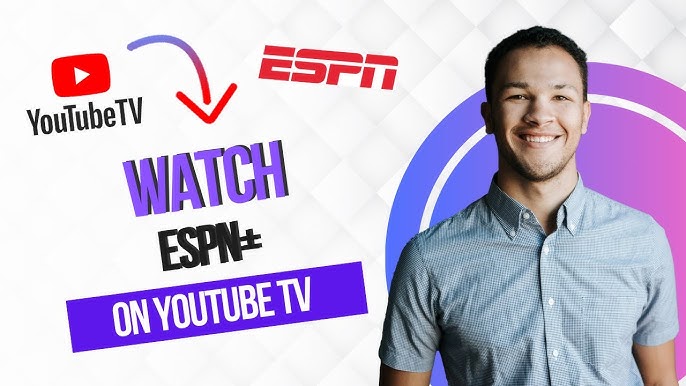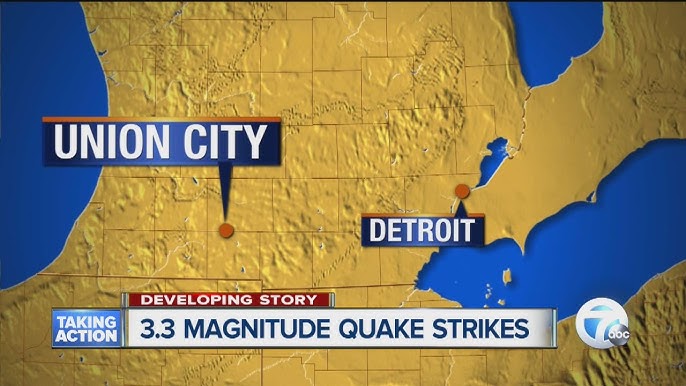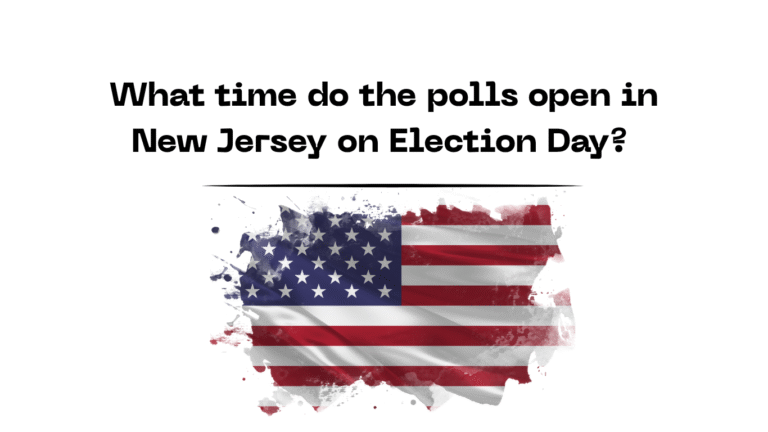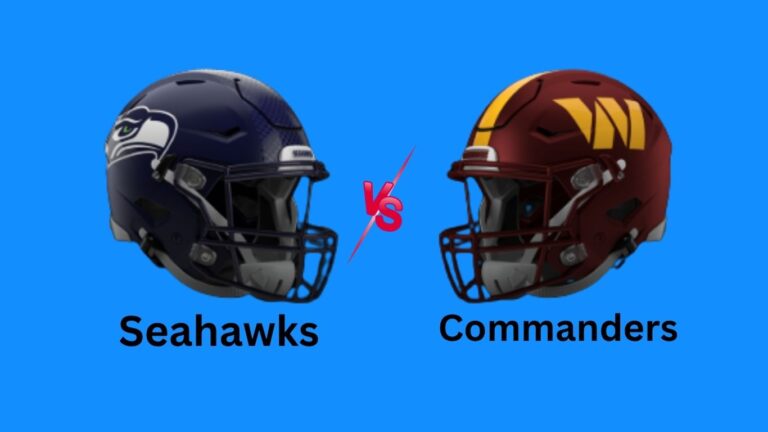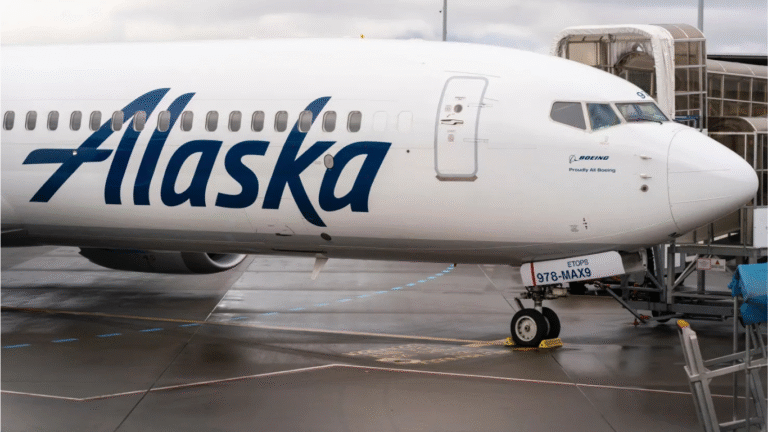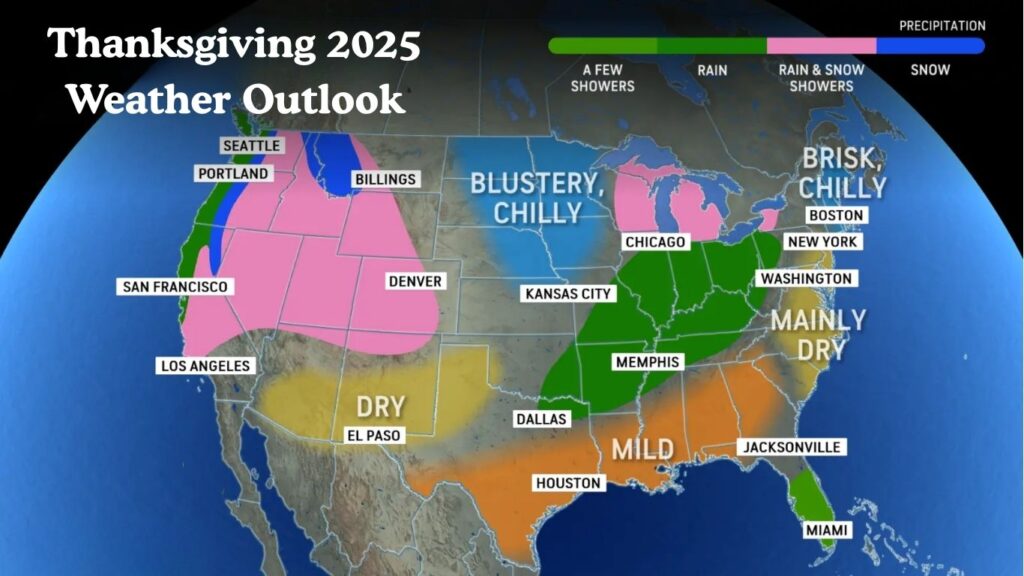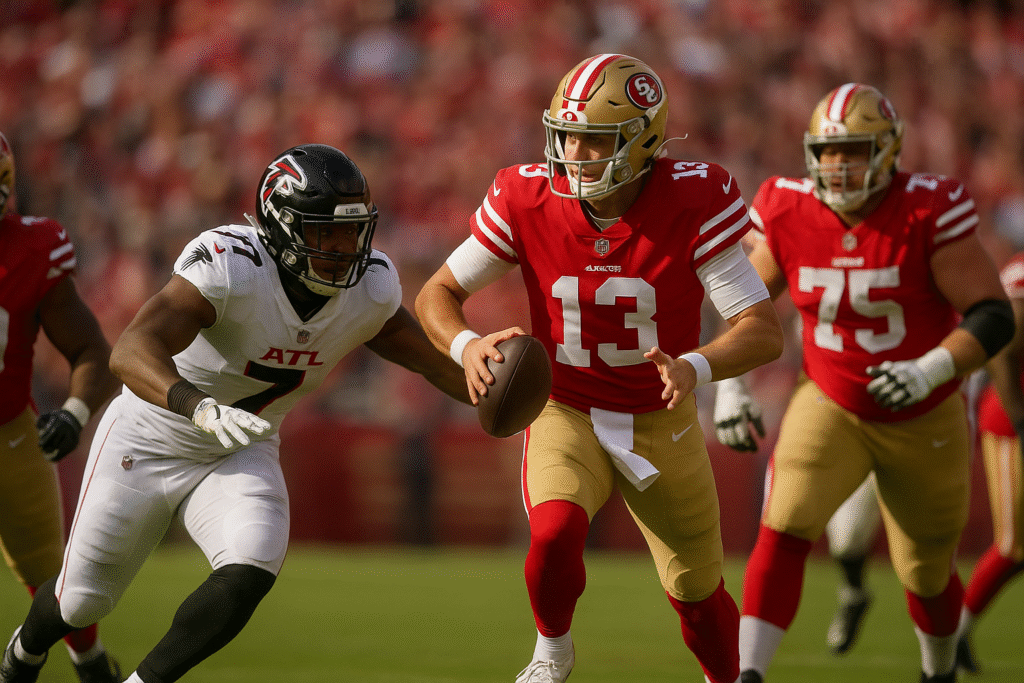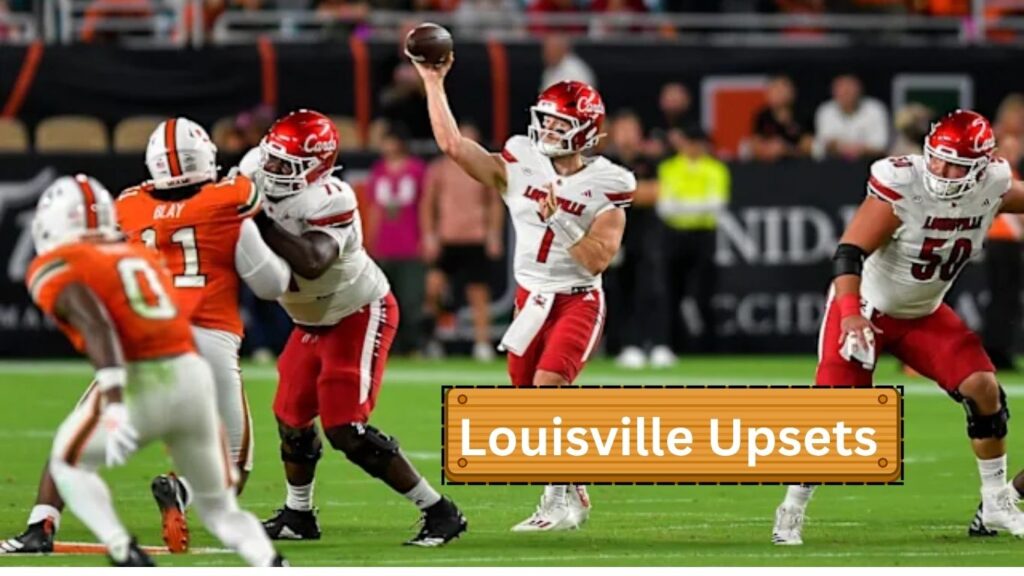When Sports Fans Lose the Most
The college football season is one of the most exciting times for American sports fans. From packed stadiums to heated rivalries, every weekend brings new energy and unforgettable moments. But this year, fans faced an unexpected off-field battle: the YouTube TV ESPN dispute.
The dispute between YouTube TV and ESPN’s parent company disrupted live sports broadcasts in the middle of the college football season, leaving millions of subscribers without access to their favorite games. This conflict between two major players in the streaming industry highlights growing tensions over content rights, costs, and the evolving future of digital broadcasting.
Let’s dive deep into how the YouTube TV ESPN standoff began, what it means for subscribers, and what it reveals about the changing landscape of sports streaming.
What Sparked the YouTube TV ESPN Dispute?
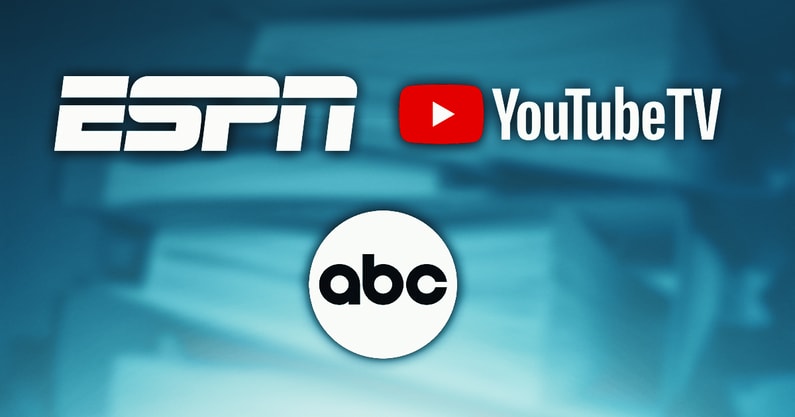
The YouTube TV ESPN dispute centers on contract negotiations over content carriage fees the payments YouTube TV makes to Disney (the parent company of ESPN) to carry its channels.
When the two companies couldn’t agree on new terms before the previous contract expired, ESPN and other Disney-owned channels were pulled from YouTube TV. This sudden blackout left subscribers furious, especially during the height of the college football season, when ESPN is the go-to network for major games and exclusive coverage.
The Core Issue: Rising Costs and Streaming Pressures
- YouTube TV’s position: The platform wanted to keep subscription prices affordable for users. It claimed Disney was demanding higher fees that would force price hikes.
- ESPN’s side: Disney argued that its content carries immense value especially live sports and deserves fair compensation for its premium programming.
This negotiation deadlock mirrored similar disputes in the cable era, but the impact was amplified in the streaming world, where users expect flexibility and reliability.
Why This Dispute Hit College Football Fans Hard
College football isn’t just a sport it’s a cultural event, especially across the South and Midwest. ESPN owns broadcasting rights to most major college football games, including those under the SEC, ACC, and Big 12.
When the YouTube TV ESPN blackout hit, subscribers suddenly lost access to:
- Live Saturday games: The lifeblood of the college football weekend.
- College GameDay: ESPN’s flagship pregame show that sets the tone for the weekend.
- Playoff and Bowl Coverage: ESPN holds exclusive rights to many postseason matchups.
Fans were left scrambling for alternatives, resorting to last-minute trial signups or searching for illegal streams. The disruption illustrated how dependent the college football ecosystem has become on a few key broadcasters.
A Real-World Impact Example
During the dispute, many Alabama and Georgia fans missed live coverage of top-ranked matchups, sparking outrage on social media. The #YouTubeTVESPN hashtag trended as subscribers demanded refunds or immediate resolutions.
This fan frustration wasn’t just about missing games it was about losing community moments that bring friends and families together every fall weekend.
The Bigger Picture: Streaming’s Growing Pains
The YouTube TV ESPN dispute isn’t an isolated event. It represents the growing pains of a streaming industry trying to balance profitability and customer satisfaction.
The Economics of Streaming
Streaming services initially lured customers with affordability and convenience. But as content costs rise, providers face tough choices raise prices or cut offerings.
- Disney’s leverage: ESPN remains one of the most expensive channels for distributors due to its live sports exclusives.
- YouTube TV’s challenge: With slim profit margins, it can’t absorb major cost hikes without angering customers.
These disputes underscore how streaming has evolved to mirror cable’s old problems high fees and channel disputes just on a digital platform.
The Shifting Power Dynamic
For decades, cable providers dominated distribution. Now, platforms like YouTube TV wield significant power. But the YouTube TV ESPN battle shows that content creators like Disney still control the crown jewels live sports.
Without premium content, platforms risk losing subscribers overnight. Yet, without platforms, networks lose direct access to millions of cord-cutters. It’s a high-stakes standoff where both sides need each other but neither wants to compromise.
How the Dispute Affects YouTube TV Subscribers
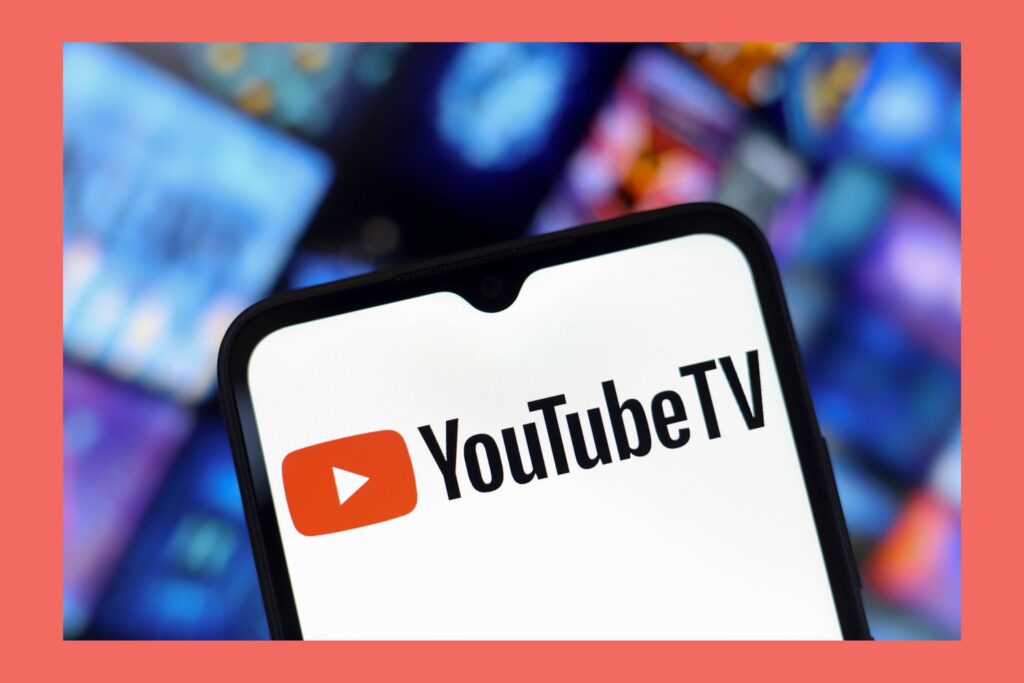
When the blackout began, YouTube TV immediately issued refunds to affected subscribers and temporarily cut prices by $15 to ease frustration. Still, that didn’t stop waves of cancellations.
Subscriber Reactions
- Frustration: Fans vented online, accusing both companies of greed.
- Uncertainty: Many feared they’d miss bowl season and playoffs.
- Migration: Some switched to competitors like Hulu + Live TV or Sling TV, which retained ESPN access.
YouTube TV’s customer-centric image took a hit, even though it eventually reached a temporary resolution with Disney. The event showed that even loyal subscribers can quickly jump ship when live sports disappear.
Industry Experts Weigh In
Media analysts say the YouTube TV ESPN dispute highlights a fundamental issue in streaming economics the unsustainable cost of live sports rights.
According to Deloitte’s 2025 Digital Media Trends report:
- Over 63% of U.S. households now subscribe to at least one live TV streaming service.
- However, 45% of users say they’ve canceled at least one subscription due to price hikes.
- Live sports remain the #1 reason people keep live TV services, but rights costs are growing 8–10% annually.
These figures show why platforms like YouTube TV struggle to balance content costs while maintaining affordable pricing.
The College Football Ripple Effect
The YouTube TV ESPN standoff doesn’t just impact viewers. It ripples through the entire college football ecosystem.
Athletic Programs Lose Exposure
Without ESPN’s nationwide broadcasts, smaller programs lose crucial visibility, affecting recruiting and sponsorship opportunities.
Advertisers Miss Audiences
College football games attract millions of viewers weekly. A blackout means advertisers lose impressions, leading to revenue losses and campaign delays.
Broadcasters Face Reputation Damage
Both YouTube TV and ESPN faced PR fallout, especially among younger, tech-savvy fans who expect seamless access.
This ripple effect reveals that disputes like this don’t just inconvenience fans they disrupt an entire economic network built around live sports entertainment.
Lessons from Past Streaming Disputes
The YouTube TV ESPN clash is just the latest in a string of high-profile streaming conflicts.
- YouTube TV vs. NBCUniversal (2021): Nearly lost NBC channels before a last-minute deal.
- Disney vs. Charter Spectrum (2023): Millions of cable subscribers lost ESPN during the U.S. Open.
- Dish Network vs. Disney (2022): Caused a major blackout across multiple networks.
Each of these disputes followed a similar pattern short-term chaos, subscriber anger, and eventual resolution. Yet, they keep repeating, showing how fragile modern streaming agreements have become.
The Future of Sports Streaming After the YouTube TV ESPN Dispute
The aftermath of the YouTube TV ESPN dispute may reshape how streaming companies handle live sports rights going forward.
Expect More Dynamic Pricing
Streaming platforms may introduce variable pricing models, allowing users to pay extra for premium sports channels instead of all-inclusive bundles.
Direct-to-Consumer Growth
Disney is expanding ESPN’s direct-to-consumer strategy, which could one day bypass distributors entirely. This model would let fans subscribe directly to ESPN streaming services without relying on YouTube TV.
Greater Transparency in Contracts
After public backlash, both companies are likely to communicate more openly about potential blackouts, giving subscribers more time to plan.
The Rise of Sports-Specific Platforms
With demand for reliability, dedicated sports platforms like ESPN+ or Fubo may see subscriber growth as fans look for stable access to live games.
What Fans Can Do During Future Disputes
Unfortunately, disputes like YouTube TV ESPN may continue. But fans can take practical steps to stay prepared:
- Use Free Trials: Sign up for temporary access on alternate platforms during outages.
- Stay Informed: Follow official updates on social media or company blogs.
- Download Mobile Apps: Many games are simulcast on ESPN’s app or network websites.
- Consider Flexible Subscriptions: Some services let users pause or switch between packages easily.
Fans can also voice concerns directly through feedback forms or online petitions, which often push companies to resolve disputes faster.
How the Dispute Reflects the Changing TV Landscape
The YouTube TV ESPN battle is a sign of a bigger transformation in entertainment. We’re witnessing the final shift from traditional cable to streaming dominance. But as streaming grows, it’s inheriting old cable problems bundled channels, rising prices, and content wars.
For viewers, the promise of “cutting the cord” for freedom and affordability is becoming less clear. Streaming is now the new battleground, where convenience meets corporate power plays.
The college football blackout showed one undeniable truth: in today’s digital era, viewers value consistency as much as content. Losing access even for a week can permanently damage trust.
A Wake-Up Call for Streaming Giants
The YouTube TV ESPN dispute is more than just a contract disagreement it’s a turning point in how live sports will be delivered in the future. Fans expect reliability, transparency, and fair pricing, especially during major seasons like college football.
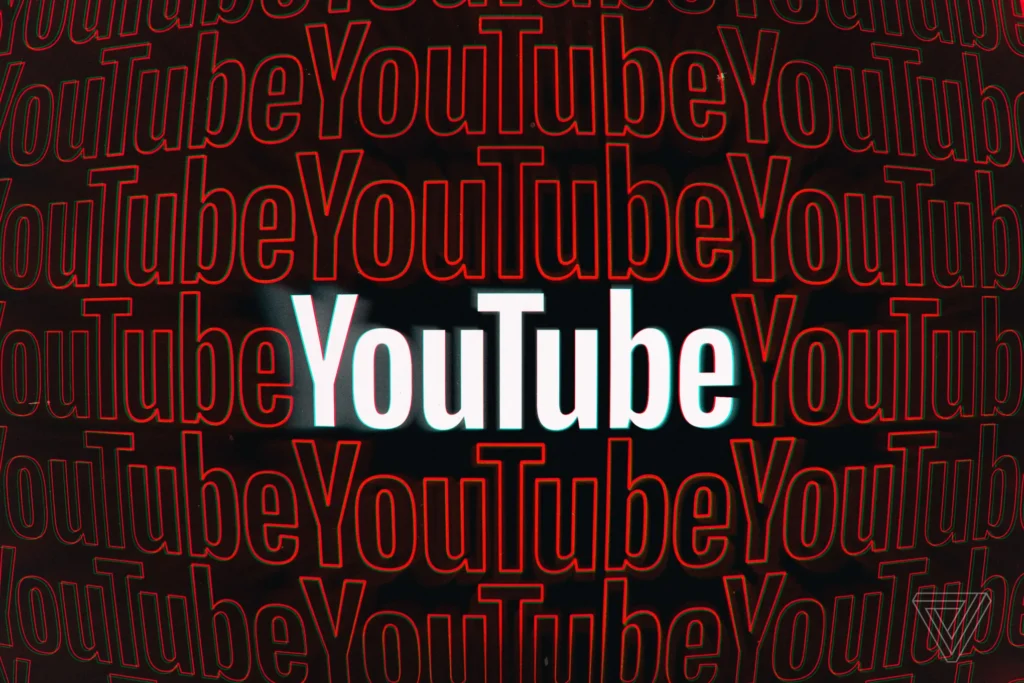
Both YouTube TV and ESPN must realize that their power lies not in contracts, but in the loyalty of their viewers.
Stay informed, stay flexible, and support platforms that prioritise fans over profits. Because when the stream stops, it’s the fans who lose the game.
- The YouTube TV ESPN dispute disrupted college football coverage for millions.
- Contract negotiations over carriage fees led to temporary blackouts.
- Fans, advertisers, and athletic programs all suffered ripple effects.
- Future streaming may rely more on direct-to-consumer and dynamic pricing models.
- Viewer trust will determine which platforms dominate the next era of sports streaming.

